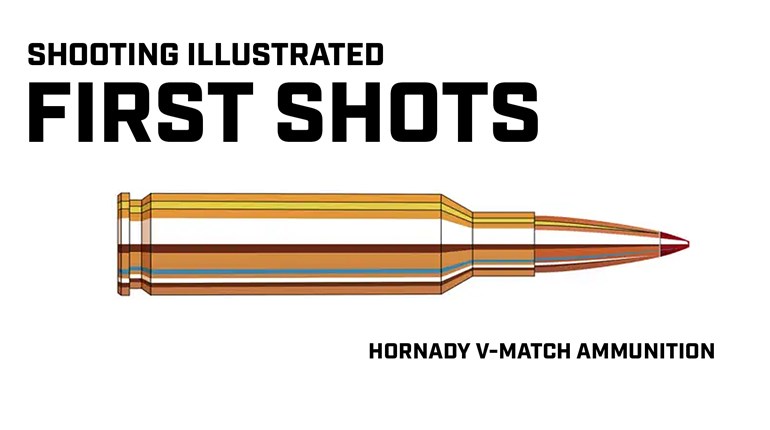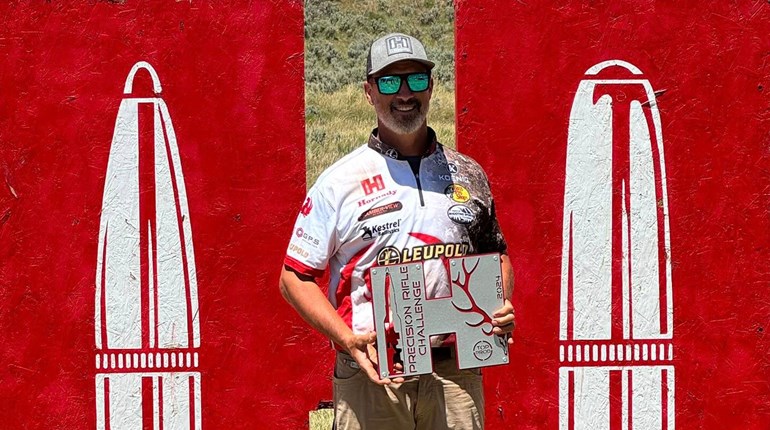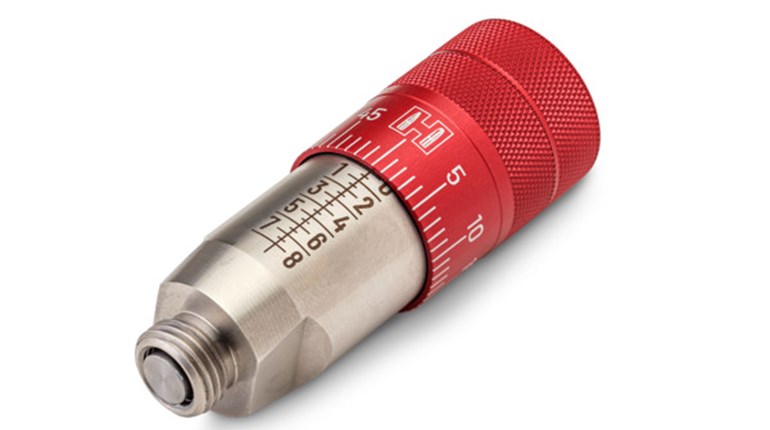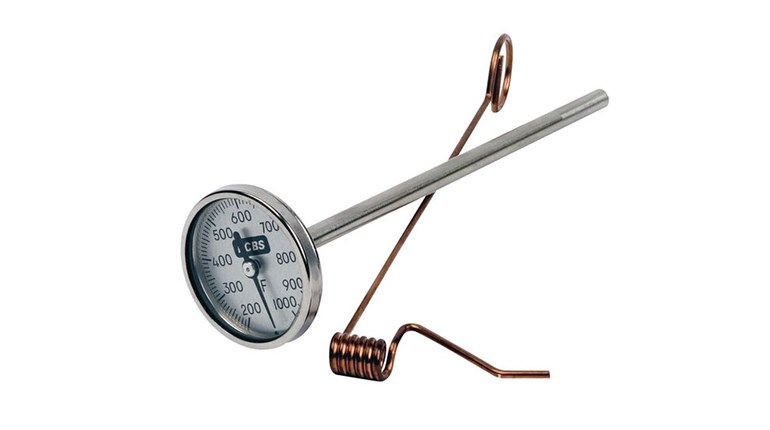
We’re down the road a good way on fabricating your own ammunition, though mainly we’ve been setting the table—understanding the advantages and terminology, and preparing precursors to actually build said ammunition. Well, no more “prep”: Today actual construction gets under way with priming.
Steps One and Two (all the steps are here) restored fired cases to reloadable dimensions, and got the spent primer out of the way for a fresh one. Step Three usually seats the new primer, and is often combined with flaring the case mouth to receive a new projectile (our Step Four). Progressive machines generally seat the new primer and then flare, but single stage and turret systems don’t absolutely require this sequence.
Whatever the order, both are important. But if there’s an edge or rank, it goes easily to seating the new primer—several classes of things can go wrong, and many are hard to spot. You either—annoyingly—don’t get “bang” when you want it, or worse yet, get “bang” when you don’t want. Flaring problems are just as irritating, but are not so alarming. They are also easier to spot, so we’ll leave them for the moment.
There’s no sense in eye wash or sugar coating what goes on in the priming step: You’re putting a tiny explosive in the case of each soon-to-be-loaded cartridge. It should therefore be no surprise that a modicum of delicacy pays disproportionate dividends. Happily, that delicacy is uncomplicated—when it comes to primers, smooth if forceful motions are your friends, and hard and fast are your enemies. And the numbers matter, a lot.
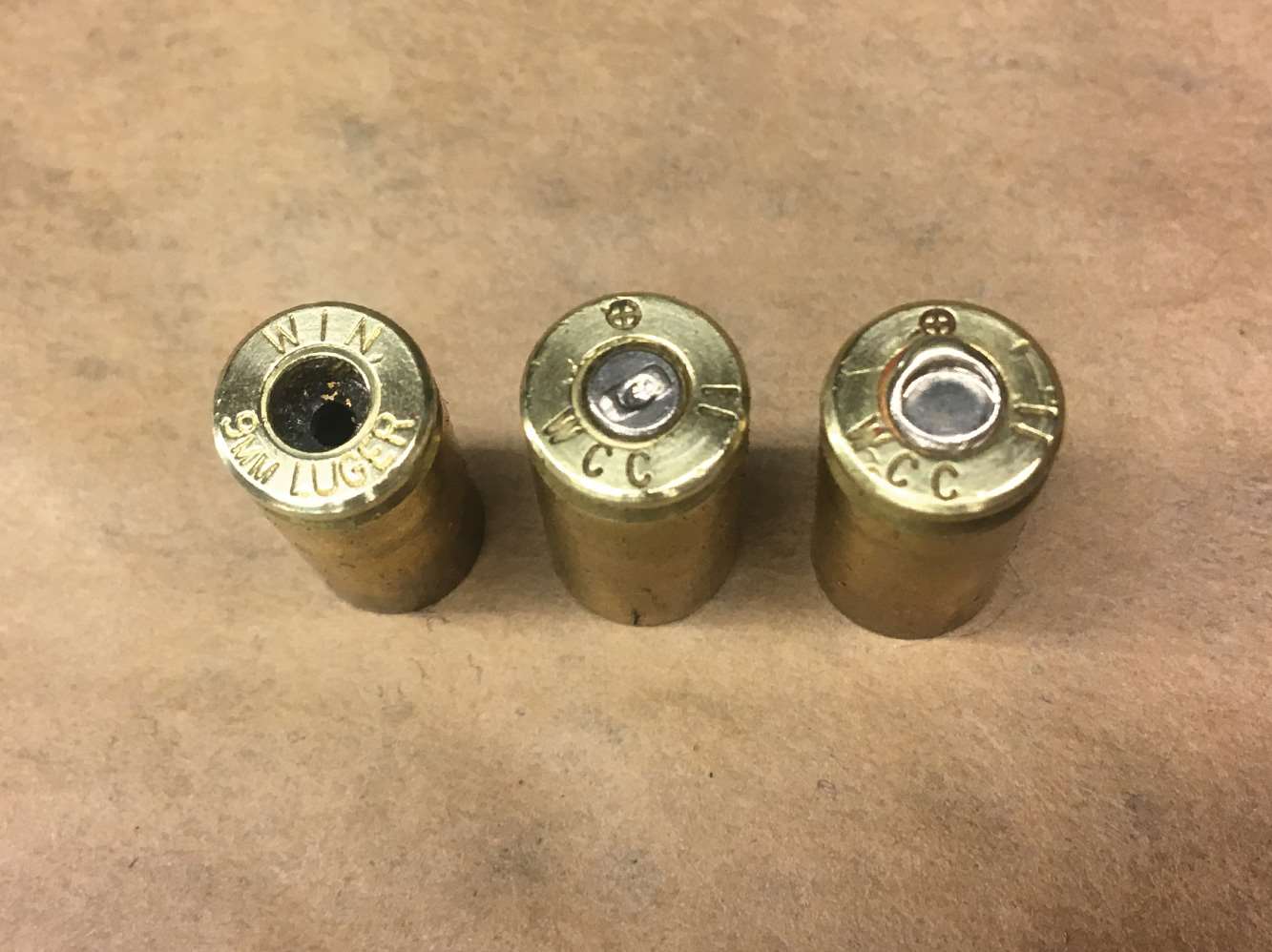
In the simplest terms, you’re trying to put a .1755-inch (.1745-.1765) peg in a .1740 (.1730-.1745) hole, and to a depth that should only vary about three or four thousands of an inch. If it seems as though reloading just got a lot harder, chill: This, if nothing else, is a commentary on how good modern equipment is. Particularly if you avoid getting impatient early on, there’s no reason you can’t hit 95-percent reliability almost immediately, and after a couple thousand rounds, you’ll be hacked every time you miss 99-percent reliability.
What you’re always trying to avoid with primers is too much force at the wrong time. As you can see from those SAAMI numbers, the desired fit is tight. The wee brass cup that contains priming compound and anvil (against which the compound is crushed by firing pin or striker) is meant to go in the primer pocket snugly enough to be watertight, and it usually is.
This comes at a cost in terms of the required precision. A shell plate or shell holder grabs the rim or base of the cartridge with enough accuracy to let the chamfer on the case head “funnel” the edges of the primer into the primer pocket. Once that self-centering alignment is done, steady ram pressure drives the primer home. Ideally, as we said, the plunge stops .003 to .004 below the rest of the bottom of the case (a max of .006, and min of .002).
The depth has two functions. Slightly more important is positioning the anvil “legs” to ensure proper detonation of the compound upon primer strike. This puts the known crush energy in a range firearms designers and gunsmiths know to provide at hammer (or striker) fall. The second is a margin of safety in two senses—an unintentional strike must get inside the diameter of the pocket with sufficient energy to mimic the firing pin (like dropping a cartridge, for instance), while also affording protection from other mechanical degradations. As to the former, we’ve only seen one inadvertent ignition in decades of shooting, and we’ve shot decades-old ammunition on many occasions, verifying the latter.
Still, things can and do go wrong, and an obvious sequitur is due: Wear eye protection whenever handling/loading primers. Most mishaps with primers occur when a primer in the seating path gets out of alignment. Lots of things can cause this, but the most common in our opinion is trying to go too fast. Primers are light in weight (slightly more than a hundredth of an ounce), and this means they don’t fall or slide as freely as you might expect. Truly tiny pieces of lint, powder flakes or other schmutz can impede them enough to jam your press astonishingly tight. Keep applying pressure in such a circumstance, and you may get a “bang” you don’t want or expect.
Most of the time, this just startles the you-know-what out of you. If you’re running a single stage or turret system, the primer feed is often one-at-a-time, and intrinsically safe thereby. Others use or add tube feeding or similar mechanisms—which can contain up to 100 primers—to speed up the process, but these are generally far enough removed to prevent a flashover and/or chain detonation. Ditto the powder feeding apparatus, which we’ll get to in Step Five.
But some progressive presses cannot make the same claim. While most now have a steel “guard sleeve” that will vent forces safely vertical, this is still a rude shock if it occurs. Good news is that these are about 99-percent preventable (we’ve never had one): If you feel unaccustomed resistance in any operation, and especially in a progressive setup, just stop. Some minor disassembly will probably be required, but rarely is anything truly broken or otherwise out of commission. But push through to boom, and your nerve may be … fair warning. And you will wreck a primer feed tube. Did we mention safety glasses are a must?
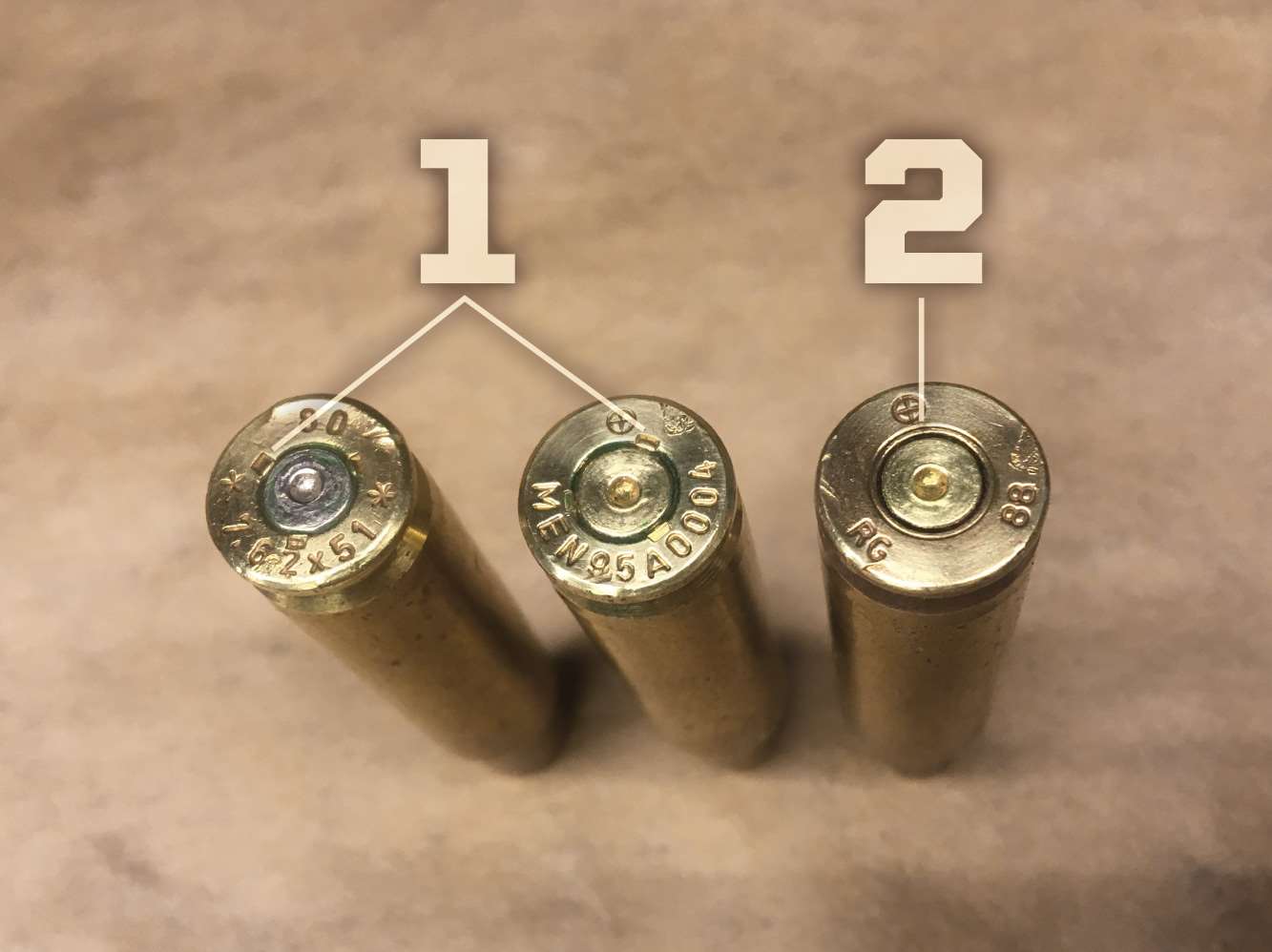
Don’t be tempted to “lube” around the problem of smooth transport of primers in the feeding path. First, many shop chemicals run the risk of deactivating primers (especially oils). If you’re making practice ammunition, this may constitute a “so what?” But if it’s a .375 H&H for that guided Alaskan extravaganza, it may prove a big deal indeed. Second, the kind of detritus that will clog a primer feed mechanism is more likely to be attracted by oil than transported out of the critical path. This emphatically does not mean don’t oil your press mechanics; it does mean stay away from aerosol methods and keep your feed path dry and clean. Compressed air is a helpful maintenance expedient, as well as a first resort when sluggishness evinces.
Rifle reloading often adds a step when priming rolls around, and this has a lot to do with ensuring the much larger volumes of powder we’re trying to light off in a rifle are lit consistently. In general terms, these operations come under the heading of case “uniforming.” These steps are often done by hand, so they can be tedious as well as surprisingly tiring. Good thing we don’t generally need 300 rounds like a pistol outing or match may demand.
These preparations are slightly more durable: Once the bottom of the pocket is flat, and the chamfer regular, these changes hold up through several firings. Cleaning of the primer pocket and making sure the flash hole (from the bottom of the primer pocket through the base and into the case) is clear should be done every time, but they’re easier as well. Put some power in the process and save those hands? Sure—RCBS has this. Naturally this can be done at the same time as length maintenance considerations that we discussed for non straight-walled cases.
Our last observation is a throwback of sorts to our prep steps. There was a time when crimped-in primers were rare in all but a few cartridges, but importation means such über seating is much more regularly encountered. In calibers like 7.62x51, 5.56x45 and 9 mm, be alert for these cases. Although such primers can usually be popped out, seating a new one will require a swaging step to remove the crimp and open the primer pocket to the necessary dimensions. In turn, this means either separate hardware (and a break in the usual progressive process), or a press with a station especially for this (like the big Dillon Super 1050). Berdan primed cases (two flash holes instead of one) will have the same result, albeit from a different cause—they cannot be de-capped by conventional means in the first place, so they’re “unprimable” for that reason.
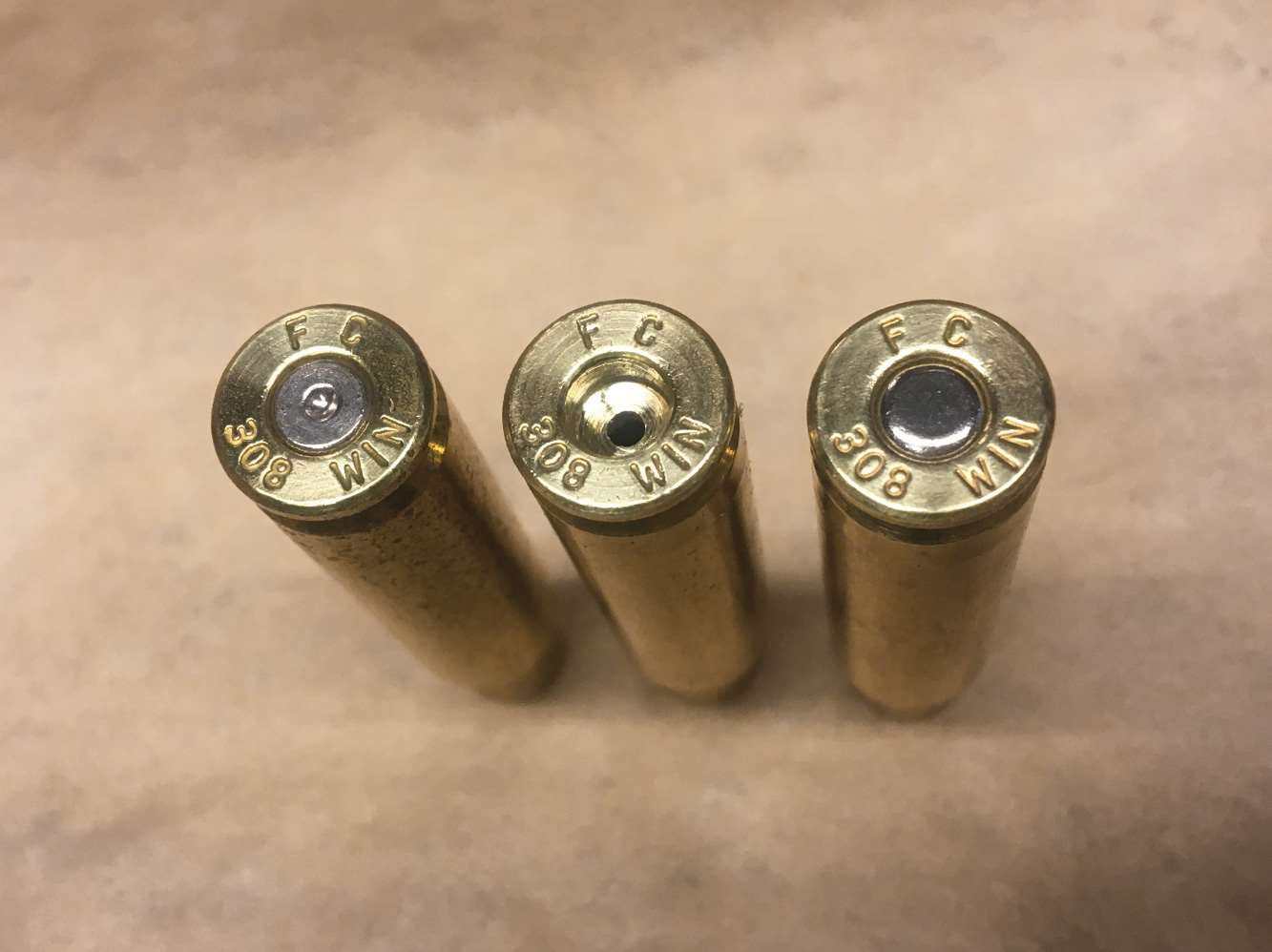
It’s annoying to let these cases filter through your “pre” process because they’ll almost always wreck a primer and/or jam your press, but it seems like a waste to just pitch ‘em. The fix here is a swager, or a trip to the recycler when a few pounds’ worth pile up. Either way, you’ll want them out of the way.
The end result gets back to the numbers above. Primer anvil legs need to be solidly against the bottom of the primer pocket, and the base of the primer cup below the rim of the pocket. This actually tensions the primer against incoming striking energy from the firing pin. Properly seated to those tolerances, modern primers are a marvel of reliability: One failure in 10,000 is considered “high,” and one in 1 million is not unknown. But too high or low is a problem. “High”—at or above the base of the cartridge head—dissipates striking energy in seating the primer more fully (and, exceptionally rarely, risks a “slam fire”). “Low” will have the firing pin slowing down due to spring tension designed to prevent piercing of the primer and retract the firing pin/striker for cycling. Either way, striking energy is insufficient—the dreaded, dry “click” of a failure to fire.
Eventually, you’ll acquire an astonishingly delicate “feel” for this, or at least most folks do. That is when those reliability numbers will start to go through the roof. Your ammunition is not just tuned to the barrel length/twist, springs and job you’re trying to accomplish, but also to your expectations: “Bang” every time.
Frank Winn has been studying arms and their relationship to tyranny, meaningful liberty and personal security all his adult life. He has been a firearms safety/shooting instructor for more than 20 years, and earned state, regional and national titles in several competitive disciplines.











